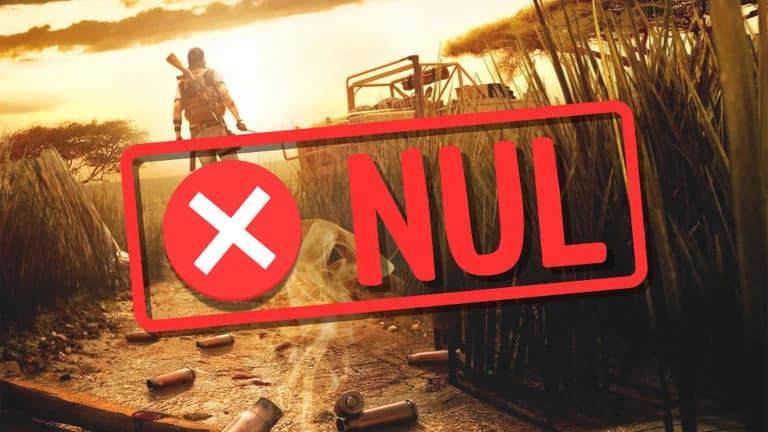
Let’s cut straight to the point: realism in video games is a double-edged sword, and far too often, developers impale themselves on the wrong side. We’ve all been wowed by jaw-dropping graphics and lifelike worlds, but there’s this misguided belief in the industry that more “real” automatically means better games. Spoiler alert: it doesn’t. Sometimes, chasing authenticity ends up making a game tedious, punishing, and-ironically-less immersive than the most bombastic arcade shooter. There’s a fine line between believable detail and digital misery, and too many designers seem hellbent on crossing it. Let’s talk about why that’s a problem.

Let’s take Shenmue 3 as Exhibit A in the case against realism for realism’s sake. In this much-anticipated sequel, your health bar literally drops just from walking around. I’m not talking about sprinting like a madman across Yokosuka-I mean just wandering the streets. So you spend a ridiculous chunk of your playtime stuffing your face with food, not because your character’s on some culinary quest, but because you’d otherwise collapse before the next scripted brawl. It’s immersion-breaking in the worst way. Instead of feeling like I’m living a life, I’m stuck in a glorified grocery simulator, more concerned about my next snack than the story’s next twist. How is that fun?
Then there’s Far Cry 2, which should be taught in game design schools as a cautionary tale. Ubisoft’s vision was gritty and “real,” so they gave your mercenary protagonist a constant battle with malaria. You have to scrounge for pills like a junkie, and if you run out, your vision goes blurry, and you stagger around uselessly. Never mind the warlords and wild animals—the real boss fight here is the pharmacy. Instead of feeling like a badass freedom fighter, I felt like an overburdened healthcare worker. Immersive? Maybe, for about five minutes—until the fourth time I had to drop a mission just to hunt for meds. That’s not challenging, it’s just busywork.

Now, I’m not saying all realism is bad. There’s a reason why titles like Red Dead Redemption 2 are praised for their attention to detail—because Rockstar knew exactly where to say “enough.” Sure, Arthur Morgan has to eat and shave, but skip a meal and you won’t pass out in the mud. Ignore your beard, and you’ll just look scruffy, not risk a game over. The realism serves the narrative and world-building without ever undermining the core gameplay. That kind of balance is the holy grail, and it’s no accident that Red Dead Redemption 2 became a cultural phenomenon instead of a meme about horse testicles (well, not just a meme about that, anyway).
Compare this to so-called “hardcore simulations” that punish the player for every human shortcoming—hunger, thirst, fatigue, even bathroom breaks. ARMA or DayZ pride themselves on realism, and that’s fine for a niche audience. But when mainstream games chase this design philosophy, they risk alienating everyone who just wants their escapism with a minimum of micromanagement. It’s the difference between immersion and imprisonment. For every player who loves testing their patience, there are ten who just want to get lost in a world without clocking into a second job.

Let’s acknowledge the counterargument: some realism can absolutely enhance stakes and create memorable moments. The fear of running out of ammo in survival horror, the satisfaction of nailing a perfect drift in a sim racer, the tension of a limited save system—these are all grounded in reality and can make games unforgettable. The problem is when designers mistake tedium for tension, or confusion for depth. If I’m spending more time managing virtual bodily functions than actually playing, you’ve lost the plot.
The bottom line? Realism is a tool, not a goal. Use it wisely, and it can make a world come alive. Abuse it, and you’ll watch players walk away—sometimes because they ran out of stamina before they even reached the fun.
Chasing realism in video games is fine—right up until it turns entertainment into a slog. From Shenmue 3’s exhausting snack schedule to Far Cry 2’s malaria micromanagement, developers need to remember that authenticity should enhance, not sabotage, the core gameplay loop. Fun should always come first.
But hey, maybe I’m just soft. What do you think? Do you crave hardcore realism, or does it kill your buzz? Which games crossed the line—or nailed the balance? Let’s hear your take in the comments below.
Get access to exclusive strategies, hidden tips, and pro-level insights that we don't share publicly.
Ultimate Gaming Strategy Guide + Weekly Pro Tips